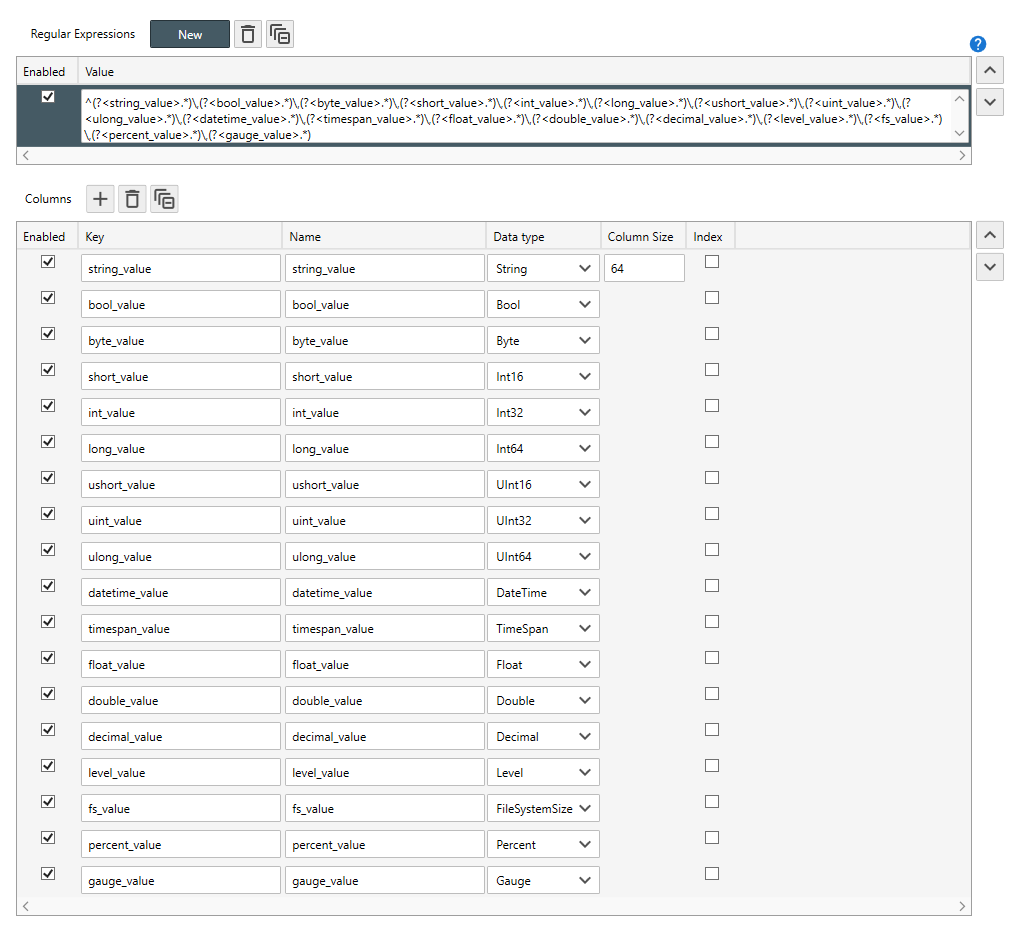Table of Contents
- Getting Started
- Agent-Based Monitoring
- Data Providers
- Directory Services
- Auditing
- Hosts
- Templates
- Template Properties
- Batch Update Templates
- Log Management Templates
- File and Directory Monitor Templates
- Windows Monitor Templates
- Account Lockout Monitor Template
- Logon Monitor Template
- CPU Monitor Template
- Memory Monitor Template
- Disk Space Monitor Template
- SMART Monitor Template
- Windows Update Template
- Process Monitor Template
- Service Monitor Template
- Performance Counter Monitor Template
- PowerShell Template
- Registry Value Monitor Template
- Active Directory User Monitor Template
- Active Directory User Integrity Monitor Template
- Task Scheduler Template
- Clock Synchronization Template
- Defragment NTFS Disks Template
- Network and Application Monitor Templates
- Database Monitor Template
- Directory Service Monitor Template
- DNS Blacklist Monitor Template
- DNS Monitor Template
- Domain Expiration Monitor Template
- Network Speed Monitor Template
- Ping Monitor Template
- Database Table Reseed
- SQL Server Shrink and Backup Template
- SSH Shell
- TCP Port Scan Monitor Template
- Website Monitor Template
- SSL Certificate Monitor Templates
- Email Monitor Templates
- SNMP Monitor Templates
- Monitors
- Reports
- Auto-Configurators
- Filters
- Actions
- Desktop Actions
- Email Actions
- Event Log Actions
- Executable Actions
- File Actions
- IIS IP Address Restriction Actions
- Microsoft Teams Actions
- PowerShell Actions
- Report Actions
- Service Actions
- SMS Actions
- SNMP Trap Actions
- Syslog Actions
- Template Actions
- IIS IP Address Restriction Actions
- Action Variables
- Schedules
- Environment Variables
- Options
- Account Lockout Monitoring and Reporting
- Merging Logs
- SNMP
- SSH Shell
- Syslog
- Exporting and Importing Configuration Objects
- Shared Views
- Auto-Config Host Assignment Properties
- General Executable Properties
- Assign Actions
- Assign Directories
- Assign Disks
- Assign Shares
- Assign Files
- Assign Consolidated Logs
- Assign Event Logs
- Assign Azure Audit Logs
- Target Files and Sub-Directories
- Define Log Entry Columns
- Define Log Entry Columns with Regular Expressions
- Define CSV and W3C Log Entry Columns
- Active Directory User and Group Filters
- Explicitly Assigned Logs
- File Explorer
- Report Columns
- Report Date/Time Ranges
- Report Security Event Log Filters
- Select Folder or File
- Executable Timeline
- Command Line Interface
- Troubleshooting
- Terminology
Define Log Entry Columns with Regular Expressions
The Columns Tab, found within both Log Consolidation and Log Monitor template properties views, enables you to extract values from log entries then, in the case of log consolidation, save those values to custom columns in your log repository database. Log Monitors use the column definitions to extract key value pairs before applying filters.
Event Log, Syslog and Text Log Consolidation and Monitor Templates all provide a list of Regular Expressions you can apply to extract the key value pairs.
To define regular expressions
- From the Regular Expressions List, click the Add
 button.
A new line is added to the list.
button.
A new line is added to the list. - Use the Value Text Box to enter your regular expression.
-
Use the Up Button
 and Down Button
and Down Button  to reorder your regular expressions.
to reorder your regular expressions.

Multiple regular expressions enable you to test for different key value pairs. If the same key exists for multiple regular expression results, the last matching regular expression in the list is applied to the result set.
To define column definitions
Sample
Consider the following log entry:
My String,True,16,-1000,-100000,-10000000000,1000,100000,10000000000,2022-04-01,100,10.11,100.111,1000.1111,1,1024,50,75
If you apply the following regular expression to the above log entry, a key value pair is defined for each value in the log entry.
To implement the above scenario define a column for each key value pair to extract. For example:
